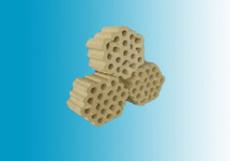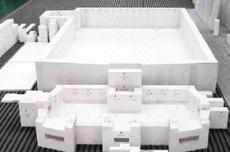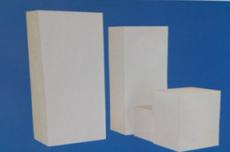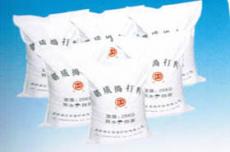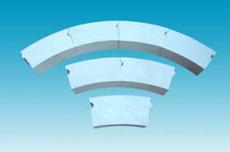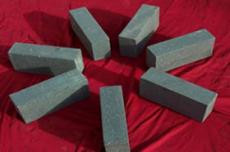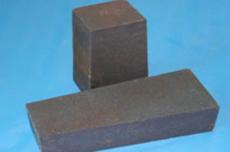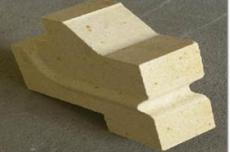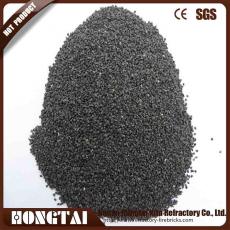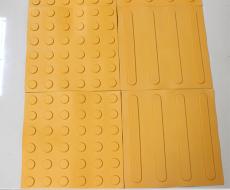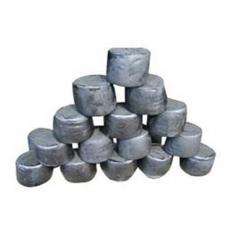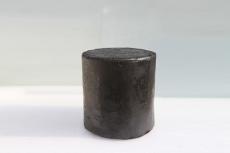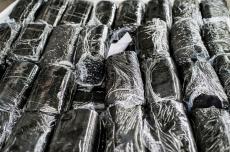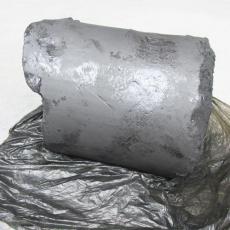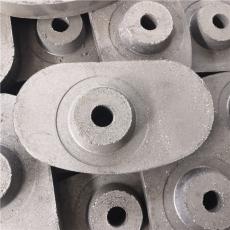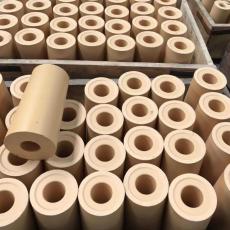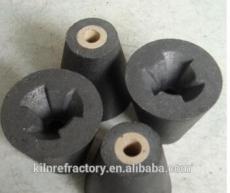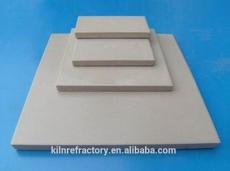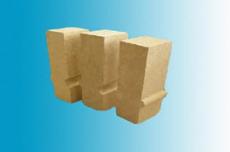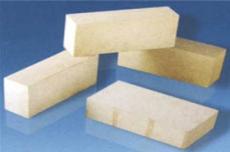
Although the number of refractory materials used in building materials industry is not as large as that in steel industry, the use conditions are harsh and the requirements for certain performance of refractory materials are even higher than those in steel industry.
Refractory materials for ceramic industry
Traditional ceramics mainly use downdraft kilns and bell-shaped kilns, which mainly use coal as fuel. In order to prevent coal ash from contaminating ceramic products, the ceramic body must be placed in the sagger, which must consume a lot of heat and burn the sagger to a temperature higher than the ceramic firing temperature. According to statistics: the energy consumption of 1kg of sanitary porcelain is generally 27598kJ, and some 1kg products are as high as 82219kJ, the energy consumption of 1kg of floor tiles is generally 5060kJ, the consumption of 1kg of mosaic products is 20072~25090kJ, and the consumption of 1kg of light industrial daily porcelain products is about 20908~29710kJ. Most traditional kilns and saggers are made of clay products, which are produced by ceramic factories themselves and have a very low lifespan. According to incomplete statistics: my country's ceramic kilns and saggers consume up to 2 million tons of refractory materials.
Modern new ceramic kilns use clean gas fuel, and bare products are directly made, with a heat consumption of only 1/6-1/10 of traditional ceramic kilns. Modern ceramic kilns use refractory materials to make them around the energy saving and consumption reduction of kilns, improve product quality and extend service life. For example, when ordinary clay bricks are used as kiln car materials, a car often weighs 1 ton, but the weight of new lightweight kiln car refractory materials is only 250~500kg, and it is often made of a combination of multiple materials. For example, using columns as supports, with various lightweight refractory materials and sheds to form a lightweight kiln car, can save about 15% of energy in the kiln.
These combined kiln car materials frequently enter and exit the tunnel kiln and are subject to temperature changes. The refractory materials need to have good fatigue resistance, especially after fast burning, the firing cycle is greatly shortened, and the refractory materials must have high thermal shock resistance. The kiln body and kiln furniture materials of both tunnel kiln and roller kiln must be pre-assembled, requiring the product to have precise shape and size, high thermal shock resistance and mechanical strength.
Refractory fibers with various temperature grades are the main varieties of refractory materials for kiln bodies and kiln cars. Low-iron aluminum silicate insulation products, including mullite and sillimanite refractory materials, and lightweight cordierite refractory materials are also important varieties of refractory materials for kiln bodies and kiln cars. Cordierite-mullite, recrystallized silicon carbide, silicon nitride combined with silicon carbide, mullite combined with silicon carbide, and Sailon combined with silicon carbide finished products are important varieties of kiln furniture materials. With the development of modern ceramic refractory materials, the development of artificial synthetic raw materials has been promoted, such as synthetic cordierite, synthetic mullite, synthetic aluminum titanate, synthetic silicon carbide, etc.
At present, the silicon carbide kiln furniture products used in my country are still different from similar products abroad. The number of times the products are used is different, and cracks and bends will appear. In recent years, mullite combined with silicon carbide kiln furniture has appeared. The use of SiO₂ ultrafine powder and α-Al2O3 ultrafine powder, whose particle size is less than 1μm, or even less than 0.5μm, can form mullite at a lower temperature. Research is also deepening and advancing. According to the information: the firing temperature of the product is about 1380℃. Because the micropowder wraps around SiC, while forming mullite, SiC is isolated from the air, which plays an anti-oxidation role. There is also reaction sintering silicon infiltrated silicon carbide kiln SiSiC, which has a longer service life than recrystallized SiC products, about 3~4 times.
